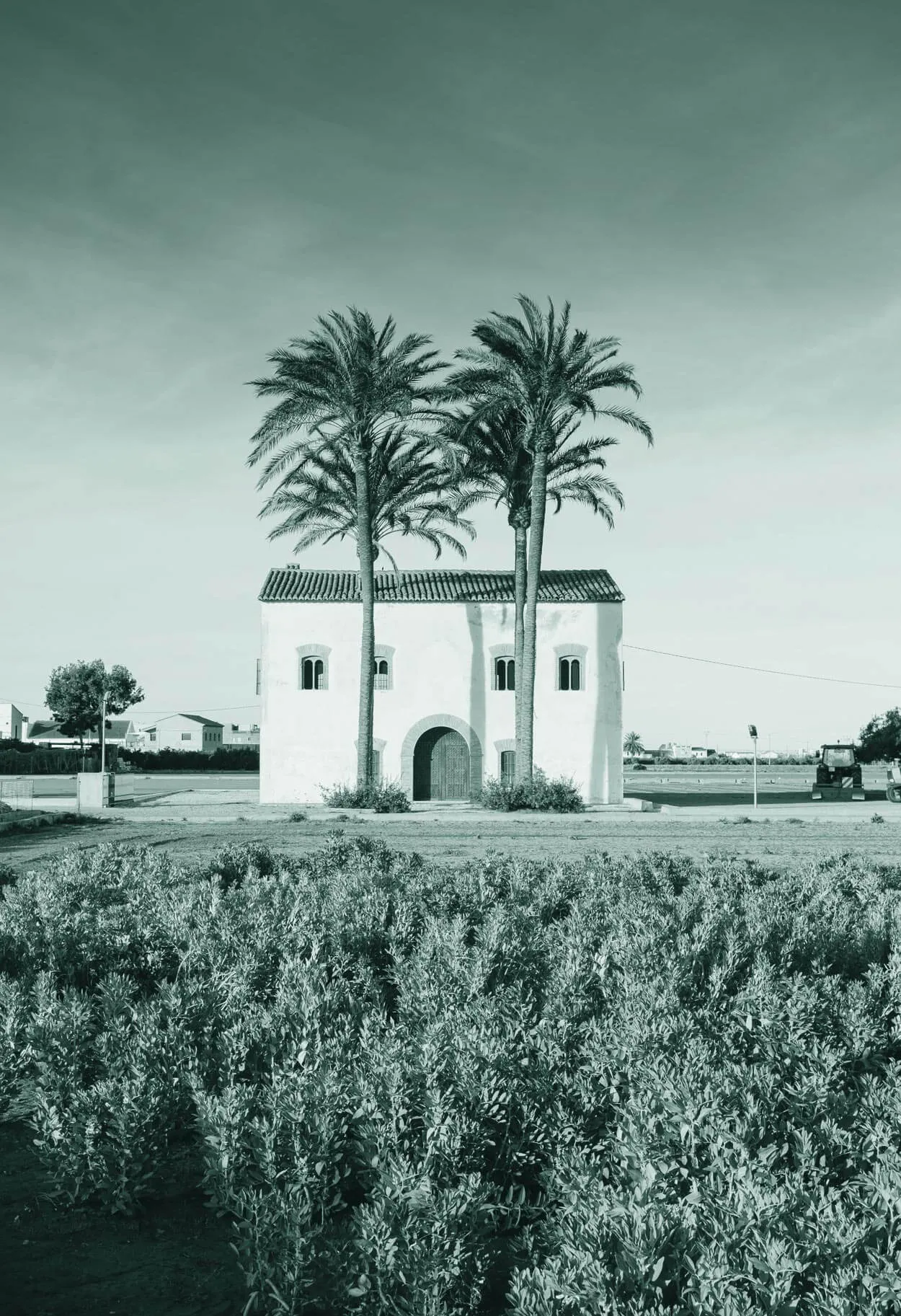Tallinn (EST)
“The title of European Green Capital for the year 2023 provided significant impetus for the city to accelerate the green transition and apply sustainability principles more extensively. The title year had a clear impact on increasing awareness within the city organisation and fostered the understanding that all daily activities and the provision of city services are linked to the green transition, and sustainability goals must be considered every day.”
Mayor Mr. Jevgeni Ossinovski

Test in Tallinn
Test in Tallinn is one of our innovation programmes initiated by the European Green Capital year 2023, aimed at transforming our city into a living laboratory for sustainable urban solutions. By partnering with technology companies, research institutions, and startups, we provide a real-world environment to test and implement technologies in mobility, energy efficiency and renewable energy.
During the programme we have received 61 applications, approved 28 test projects, and had partners from 18 different countries around the world. We have worked out evaluation criteria, how testing projects contribute to city needs and understand the risks associated to implementations.
This initiative does not only help us achieve our climate goals but also positions Tallinn as a leader in smart city solutions. For instance, we are currently testing satellite data that monitors air quality and emissions, advanced energy management systems for buildings, and various renewable energy projects that could be scaled up to benefit the entire city.
Lessons learned and recommendations
- Helping companies to test requires creative approaches to involve and commit different level city departments. It helps to grow the city’s competence in evaluating innovation and see different possibilities to develop services in greener and cost-effective ways.
- We recommend signing contracts with innovation project parties and taking commitment to scale proven solutions.
- Testing gives the city free technology and enhanced cooperation with start-ups, universities, science parks and other cities.
Budget
It has been a very cost-effective project. The city is covering the salary of the innovation expert responsible for the project. Also, the expenses of promotional activities up to €7,000 per year are included in the city budget.
Links with more information
Microtunneling to expand the sewage system and reduce waste, microtunnels are being constructed under the river and the city center to connect a larger number of citizens to the sewage treatment plants.
The biggest solar field of our province. It will be combined with energy storage in a few years.
New method for tendering construction works. We get as high a degree of sustainability as possible, and the lowest CO2 footprint in the finished construction. The tender is issued in a turnkey contract with a fixed price (a building program and a targeted sketch proposal for design and layout).
Co-Carbon. Citizen science project to quantify CO2 captured by urban trees. 700 students measured the data needed to account CO2 in 1300 trees (which allowed us to extrapolate it to the total urban tree cover) to know how far the city is from CO2 neutrality.
Molletlab, experimentation and innovation social center. The project has been implemented to promote social innovation through the living lab and bring the technology and the culture of prototyping closer to stakeholders through the maker space to achieve social and territorial transformation.
Nyborg Municipality has adopted a climate action plan based on C40 standards for reduction of greenhouse gas emissions and net zero emissions by 2050. The plan includes various climate adaptation measures.
Power-2-X development with companies, municipalities and universities. A hydrogen economy model that would also decrease GHG emissions in the city.
Liepāja has implemented Latvia's first smart traffic light system at the Uliha and Robežu streets intersection. With machine vision technology, it detects red light violations.
Cte Next is Turin’s hub for emerging technologies, focusing on 5G, IoT, AI, and Blockchain. It provides 5G infrastructure, free consultancy, testing support, and training. In three years, it has raised €7M from startups, creating an innovative ecosystem for smart mobility and smart cities.
The Landscape Lab stands out as a leader in environmental research and education, tackling major challenges like sustainability and climate. By integrating scientific research with active community involvement, it creates innovative solutions for a greener, more resilient future.

